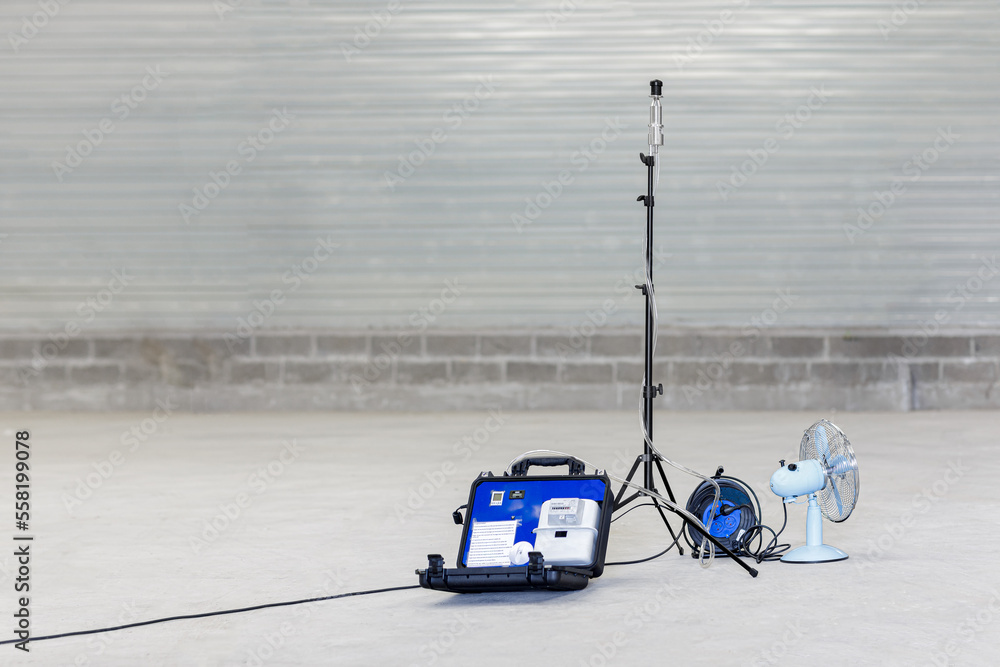Hassle-free Asbestos Testing Near Me Options
Hassle-free Asbestos Testing Near Me Options
Blog Article
Your Guide to Effective Asbestos Testing Procedures
Asbestos testing procedures are a vital element of making sure the safety of interior atmospheres, specifically in older structures where this unsafe material might be present. The prospective health and wellness dangers associated with asbestos direct exposure make it crucial to approach testing with accuracy and thoroughness.
Comprehending Asbestos and Its Dangers
Asbestos, a normally occurring mineral recognized for its warmth resistance and toughness, postures extreme wellness dangers when its fibers are breathed in or ingested. testing asbestos near me. Direct exposure to asbestos can cause major health problems such as lung cancer, mesothelioma, and asbestosis. Despite its beneficial properties, asbestos has been extensively banned in lots of countries as a result of the tried and tested web link in between asbestos exposure and these deadly conditions
The threat depends on the tiny fibers that can quickly become air-borne when asbestos-containing materials are disturbed or damaged. When inhaled, these fibers can become lodged in the lungs, triggering inflammation and scarring over time. The latency period in between direct exposure to asbestos and the advancement of related diseases can span a number of decades, making very early discovery and prevention vital.
Asbestos was typically made use of in building and construction materials, insulation, and vehicle parts before its wellness dangers were fully understood. Today, proper screening and removal of asbestos-containing materials are vital to protect individuals from the dangers connected with asbestos direct exposure.
Identifying Potential Asbestos Materials
The recognition of possible asbestos materials is a crucial action in making certain the security of individuals subjected to unsafe compounds in numerous settings. Asbestos can be discovered in a wide variety of structure products, consisting of however not restricted to insulation, ceiling floor tiles, flooring tiles, concrete sheets, and roof covering roof shingles - Asbestos Air Sampling. Recognizing these products precisely is important to properly taking care of the risks related to asbestos direct exposure

In situations where visual evaluation is undetermined, examples of thought materials can be accumulated and sent out to certified laboratories for screening. These laboratories employ specialized techniques such as polarized light microscopy or transmission electron microscopy to properly figure out the existence of asbestos fibers in the examples. By complying with extensive recognition treatments, people can effectively mitigate the risks connected with asbestos direct exposure.
Selecting the Right Screening Approach
Identification of possible asbestos materials plays a crucial role in figuring out the ideal testing approach for precise asbestos fiber discovery. Once suspected materials have been determined, choosing the appropriate testing method is necessary to guarantee reputable outcomes. There are 2 main approaches for asbestos testing: polarized light microscopy (PLM) and transmission asbestos inspection electron microscopy (TEM) PLM is typically made use of for initial screening as it is cost-efficient and offers quick results. PLM has restrictions in spotting asbestos fibers that are smaller sized than 1 to 3 microns. On the various other hand, TEM is an advanced technique that can precisely recognize asbestos fibers at the ultrastructural level. While TEM is a lot more costly and taxing than PLM, it uses higher level of sensitivity and uniqueness in asbestos detection. Picking the appropriate testing technique depends upon numerous variables such as the type of material being evaluated, the needed sensitivity of the evaluation, and the available budget. It is essential to speak with recognized asbestos testing professionals to figure out the most appropriate approach for your details testing needs.
Conducting Example Collection Safely
When collecting examples for asbestos testing, prioritizing safety and security steps is vital to minimize potential direct exposure dangers. Asbestos fibers are dangerous when interrupted, making it critical to adhere to appropriate security protocols during sample collection - asbestos air testing. Before starting the tasting procedure, ensure that you are outfitted with individual protective equipment (PPE) such as disposable coveralls, gloves, safety glasses, and masks to stop breathing or call with asbestos fibers
It is vital to wet the sampling location utilizing a mild mist of water to protect against the fibers from coming to be airborne during collection. Use care when gathering samples and stay clear of hostile scraping or drilling that might release asbestos fibers right into the air. Rather, very carefully cut a tiny item of the material utilizing proper devices and place it right into a secured container for evaluation by a certified lab.
In addition, classifying each example with detailed information pertaining to the sampling date, area, and collector's name is vital for precise record-keeping and evaluation. By following these safety guidelines, you can perform sample collection for asbestos screening properly while decreasing the risk of exposure.
Analyzing Test Results and Following Steps

Final Thought
In verdict, efficient asbestos testing treatments are important in determining and taking care of possible health risks associated with asbestos direct exposure. By recognizing the threats of asbestos, determining possible products, picking the right testing technique, carrying out sample collection safely, and translating examination results precisely, companies and individuals can take the essential steps to secure themselves and others from the unsafe effects of asbestos. It is vital to focus on security and proper testing procedures to guarantee a healthy and balanced environment for all.

Recognition of prospective asbestos products plays a vital function in identifying the proper screening technique for accurate asbestos fiber detection. The examination results will suggest the presence or lack of asbestos, the kind of asbestos fibers present, and the focus levels.In conclusion, effective asbestos screening treatments are necessary in recognizing and handling potential health threats connected with asbestos exposure. By understanding the risks of asbestos, determining possible materials, choosing the best screening method, conducting sample collection securely, and translating test results accurately, organizations and people can take the essential steps to secure themselves and others from the unsafe impacts of asbestos.
Report this page